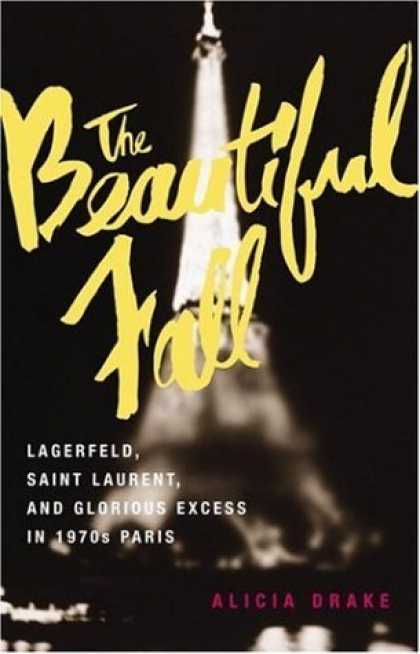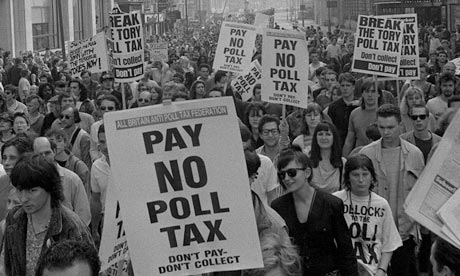
In my immaturity, I have previously been known to be a little harsh and unforgiving in my review of fashion books. Embarrassingly for example, my review of The Thoughtful Dresser, by Linda Grant i
n the Financial Times last year, was a little tough and Im not sure why. Forgive me Linda!
Anyway, Im not going to be as harsh about this one, because I actually really enjoyed it.
The Beautiful Fall, by Alicia Drake, is about 'fashion, genius and glorious excess in 1970s Paris'. It stays pretty true to this objective throughout the book, stalking around figures of the Paris fashion world such as Loulou de la Falaise, Betty Catroux, Paloma Picasso and Jacques de Bascher. As muses and society people of 70s Paris, these people aren't studied for what they do, but rather for their very presence on the fashion scene as creative inspiration to the designers. The idolising and mythologising way in which Drake writes about these people is kind of silly- (she consistently reminds the reader that they were much more glamorous and effortlessly cool than our contemporary conception of 'celebrities' and fashion muses). In doing so, she sets them impossible standards of glamour which make their characters seem more imagined and dreamed than real. Still, it does make for fun reading.
These people serve as a glamorous backdrop to the main characters of the book: Yves Saint Laurent and Karl Lagerfeld. Drake clearly sets out from the beginning to portray a rift between the two men. YSL is the troubled, artistic genius and Lagerfeld is the hard-working, clever brand manipulator. This simplified narrative gradually plays out to the end of the book, by which time the two apparantly hate one another so much that one can depends upon the other's death for success, (fitting into the image of Lagerfeld at Chanel rising up from Yve's ashes). Of course, i presume that this serves more as a powerful plot narrative than could possibly be true of reality. However, there was a lot in here about the creative tendencies of the two and their contrasting approaches to fashion design which I, perhaps foolishly, had never really picked up on before.
Lagerfeld's restlessness as a designer is one such aspect of his character I had never really considered. Drake cleverly gives the reader a glimpse into the designer's personal anxieties about death (he didnt go to his mother or fathers funeral for this reason) and his obsession with the 'now'. She suggests, subtly, that this may be one contributing factor to the failure of his own Lagerfeld brand, whilst his invigoration of Fendi and Chanel were so successful. It seems that there is a non-committal element to Lagerfeld's work where he would rather keep alive someone else's signature image than create his own.
This 'thrill and fear' of fashion is a prevalent theme in the book, which works well when placed in the context of 80s Paris with the emergence of HIV and rise of socialism in France, threatening the absurdly indulgent nature of the fashion world at this time (where designers lived in hotels and ordered flowers every day by the lorry load). Drake successfully evokes a sense fashion teetering on the edge of disaster, but at the same time being engaged in creating something very beautiful. This fits in well with the metaphor evoked throughout the book by Yves Saint Laurent of decadence as a beautiful way of dying and not purely nihilistic or destrucitve.
The desperation of an industry grappling with these social changes- aids/socialism being the only two really dealt with here- is evoked well through the image of the two lagerfeld/ysl 'cliques' , or social camps, which are portrayed as little insecure families of narcissism.
The book is very successful in capturing a sense of time. This timeframe is not merely just the years 1960-80, but rather fashion's own independent timeframe, which consists of the sense of the moment and a fixation on the constant generation of 'now'. Drake states that a defining characteristic of the fashion industry in general is that 'every editor/designer/model and manager' is obsessed that time is slipping through their fingers. This is an aspect of fashion that I would very much like to explore in greater detail.









